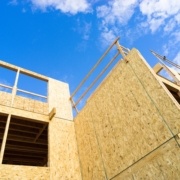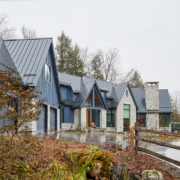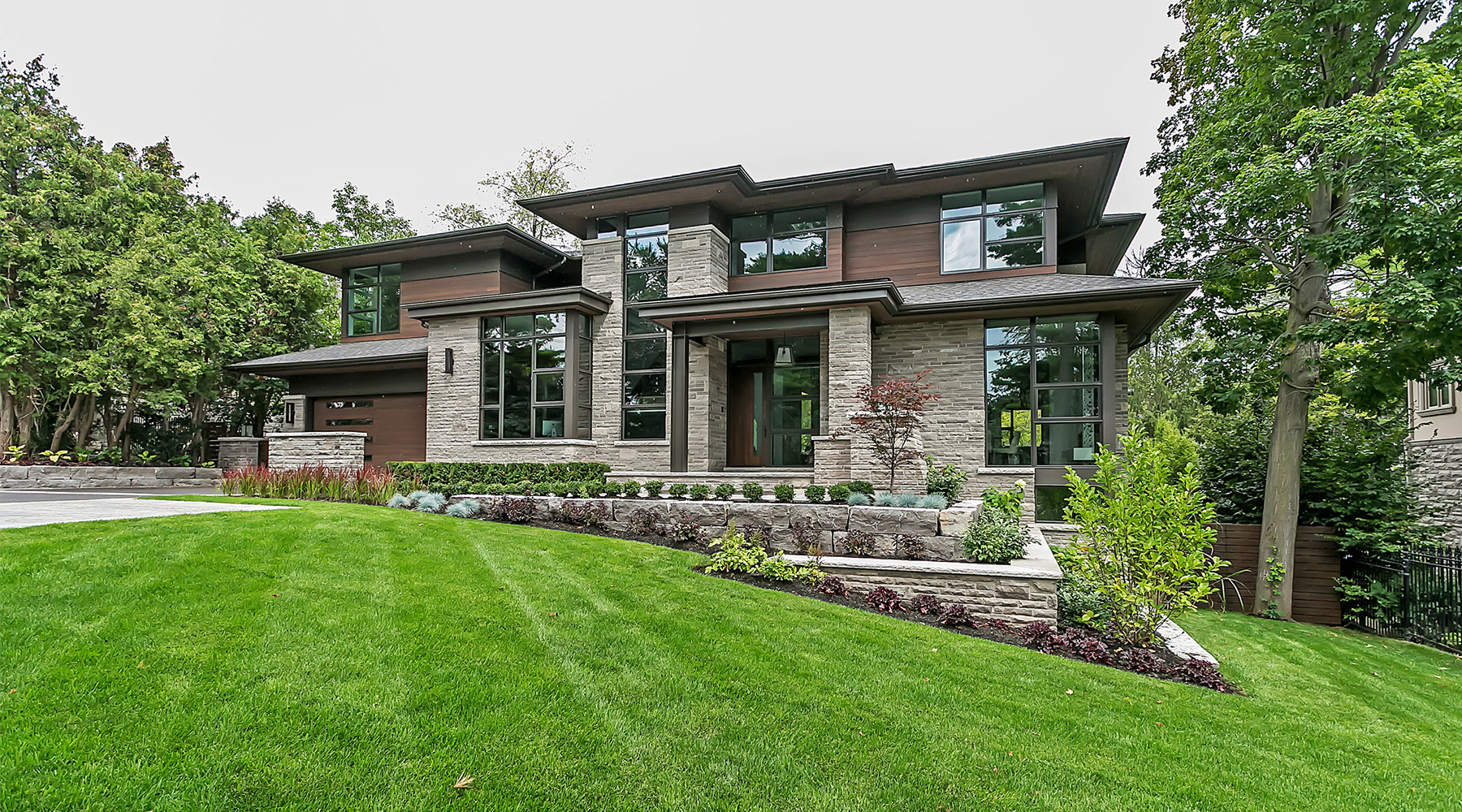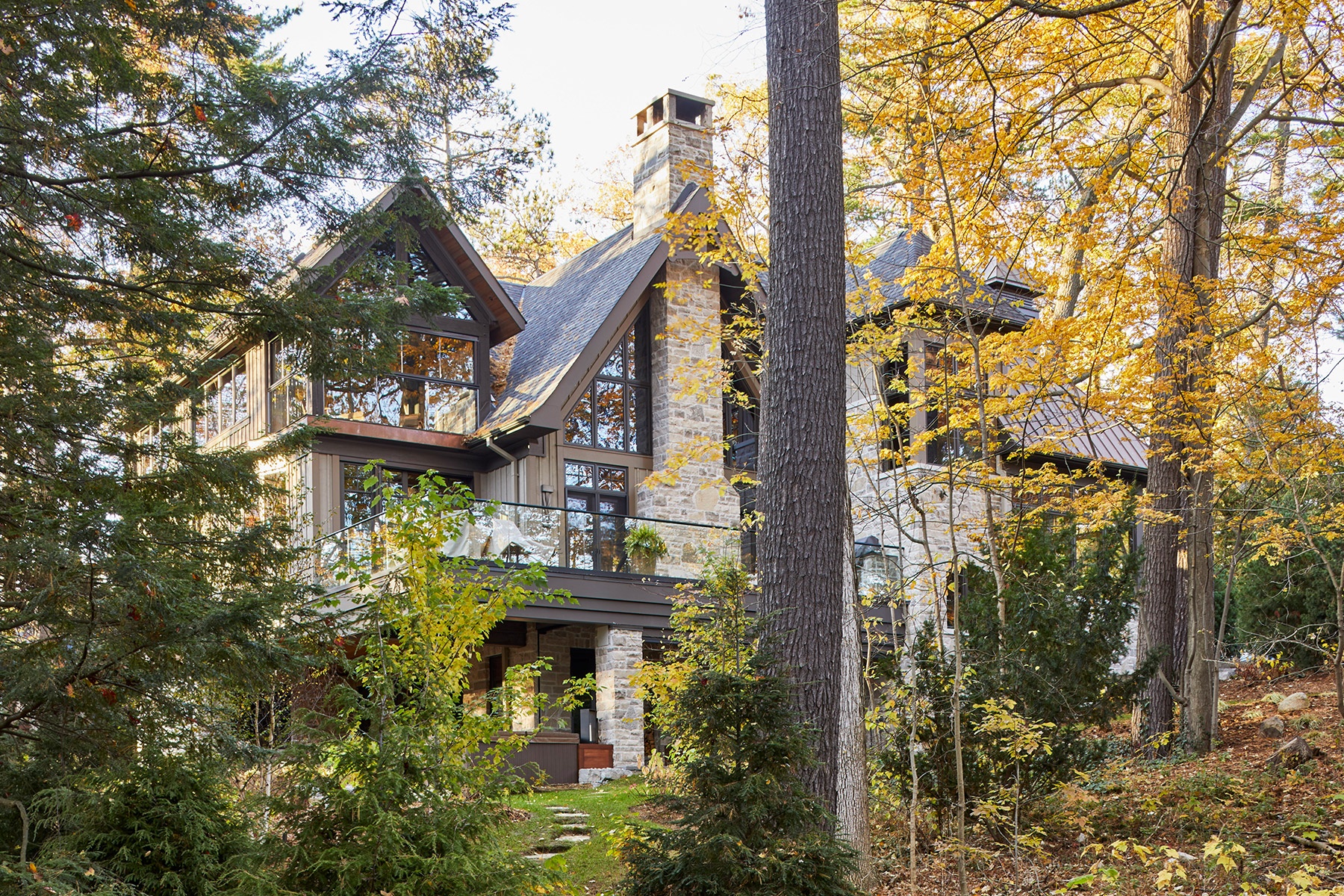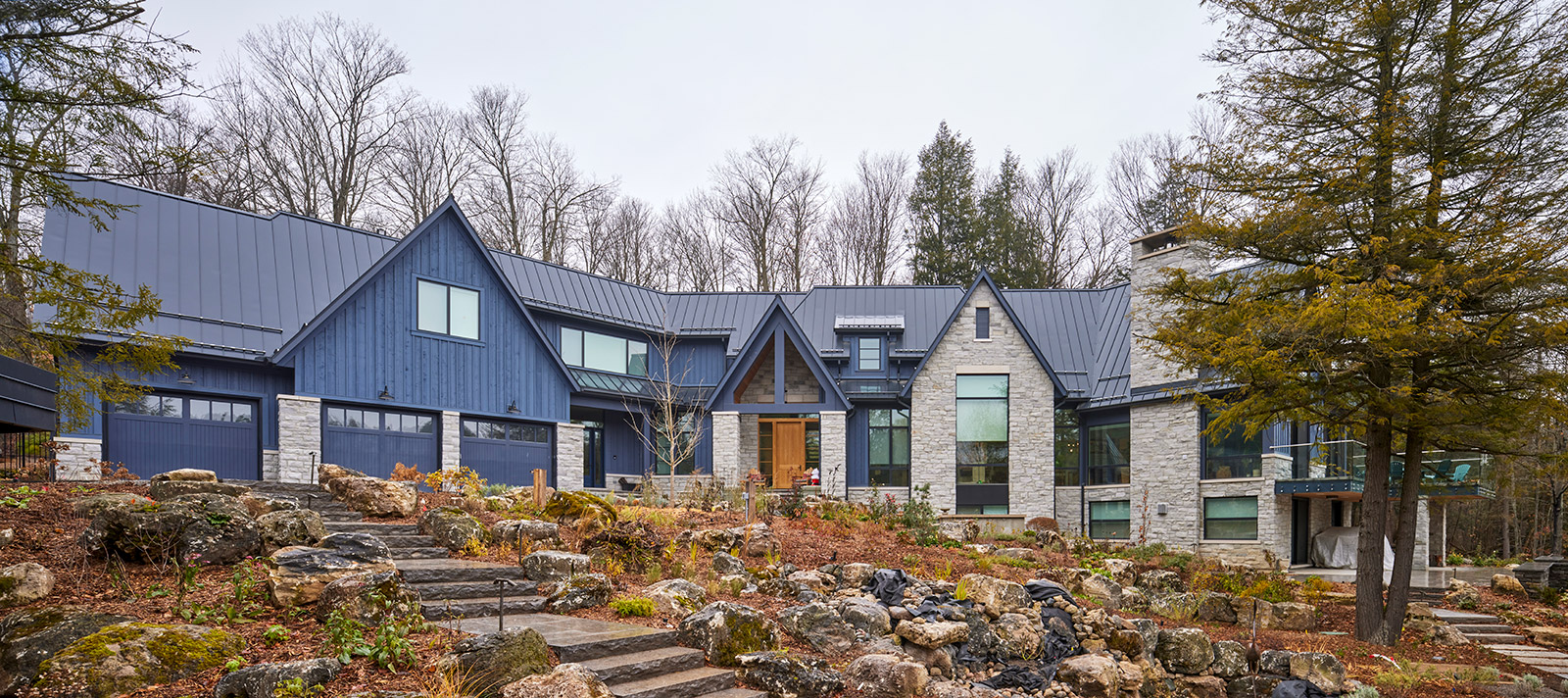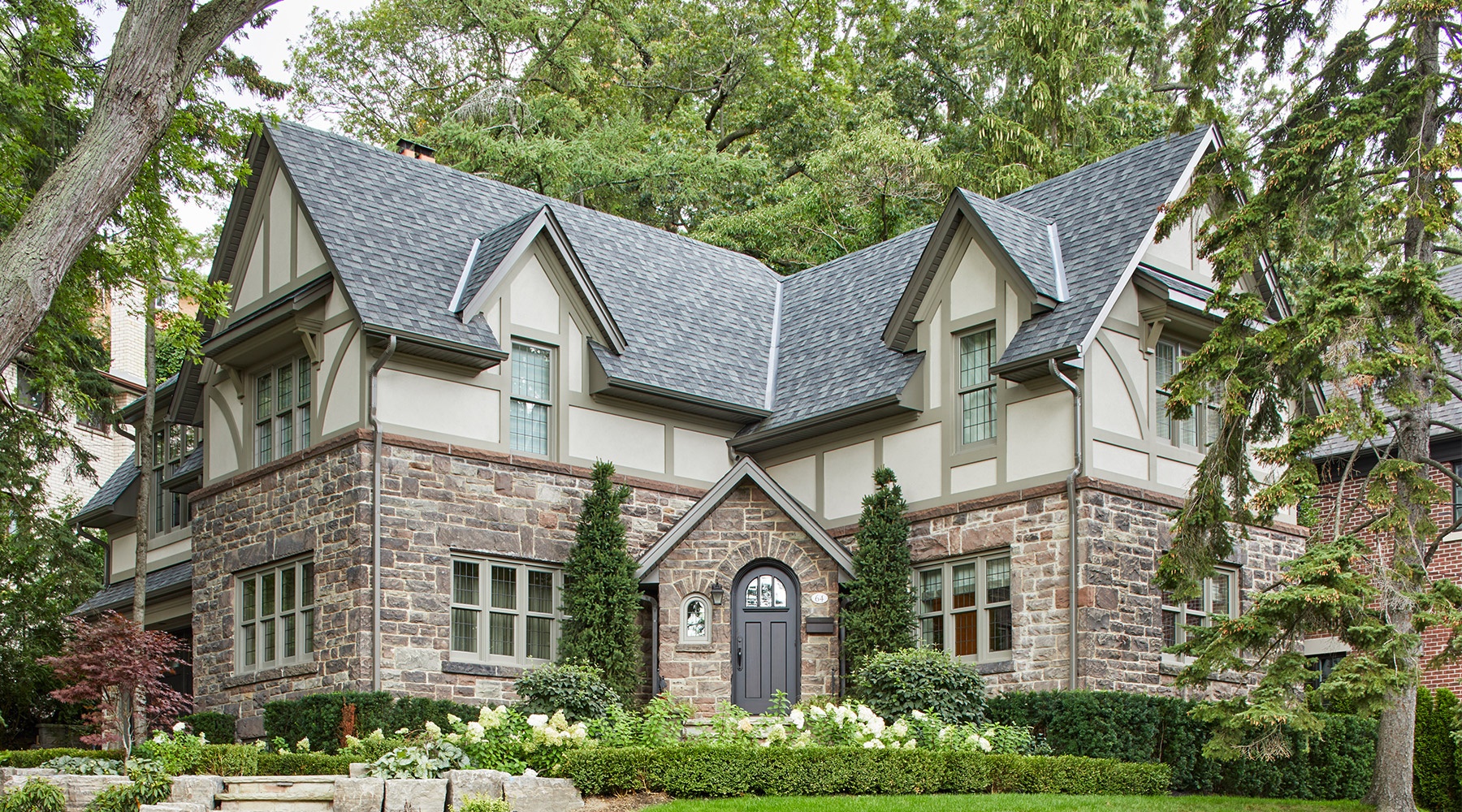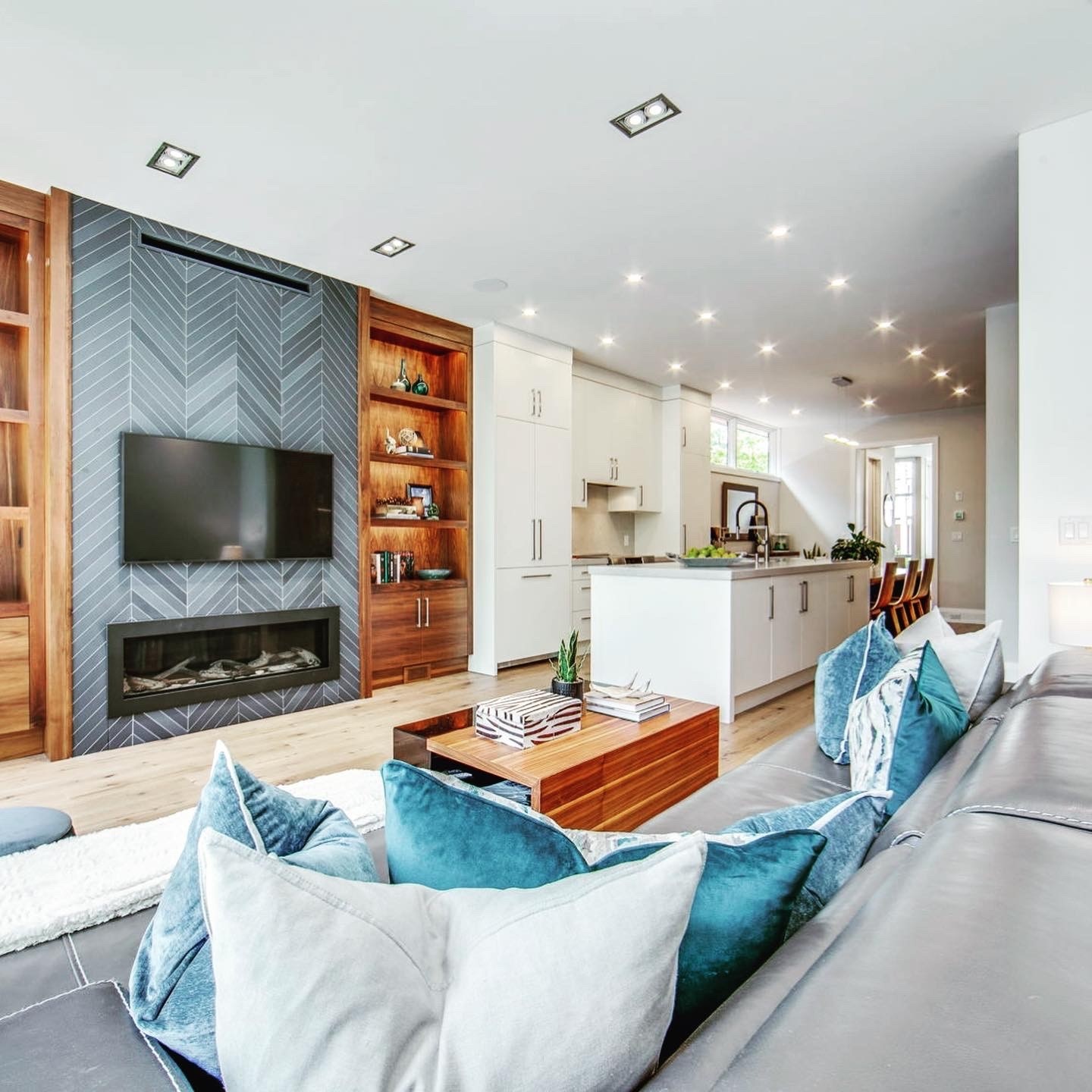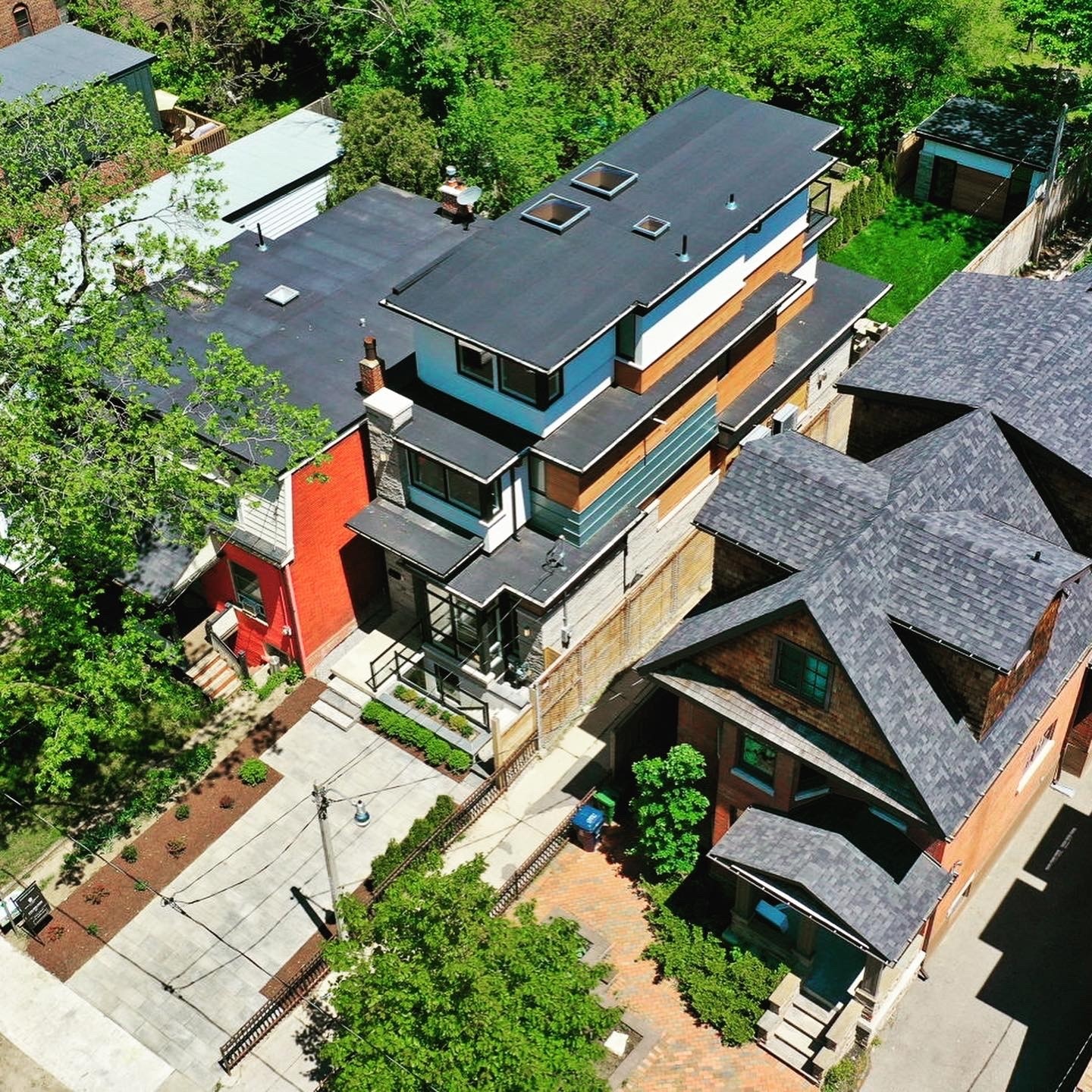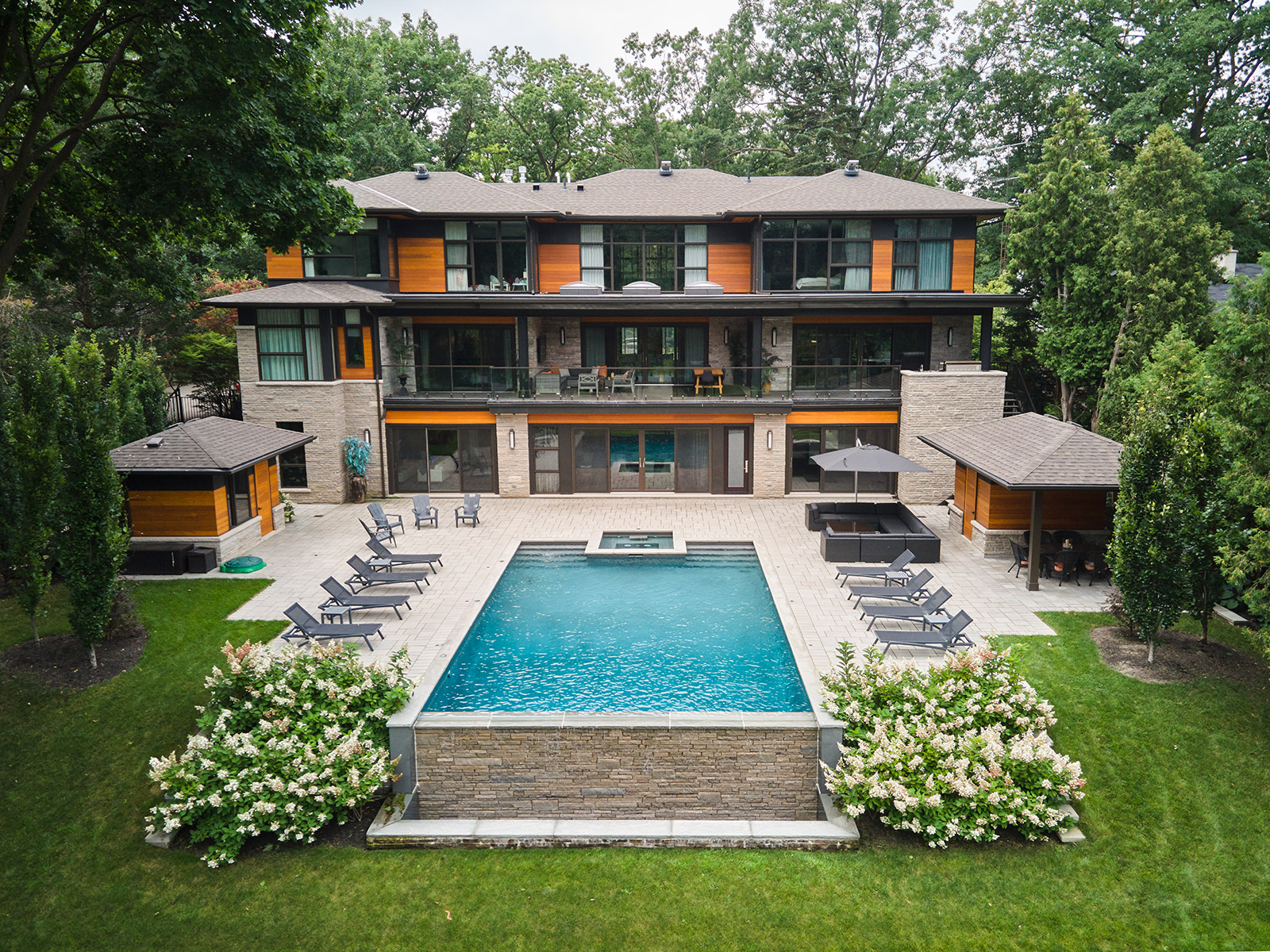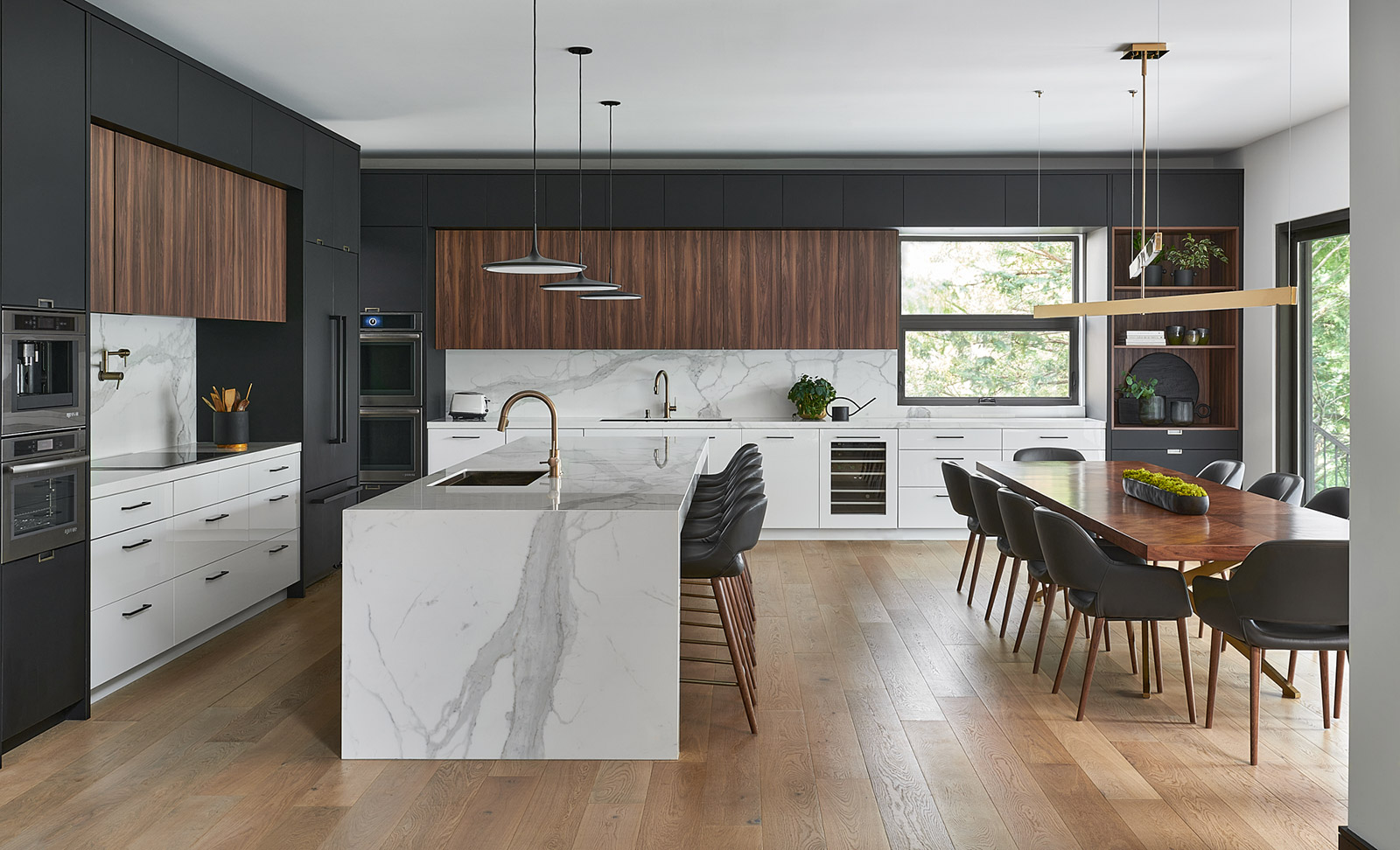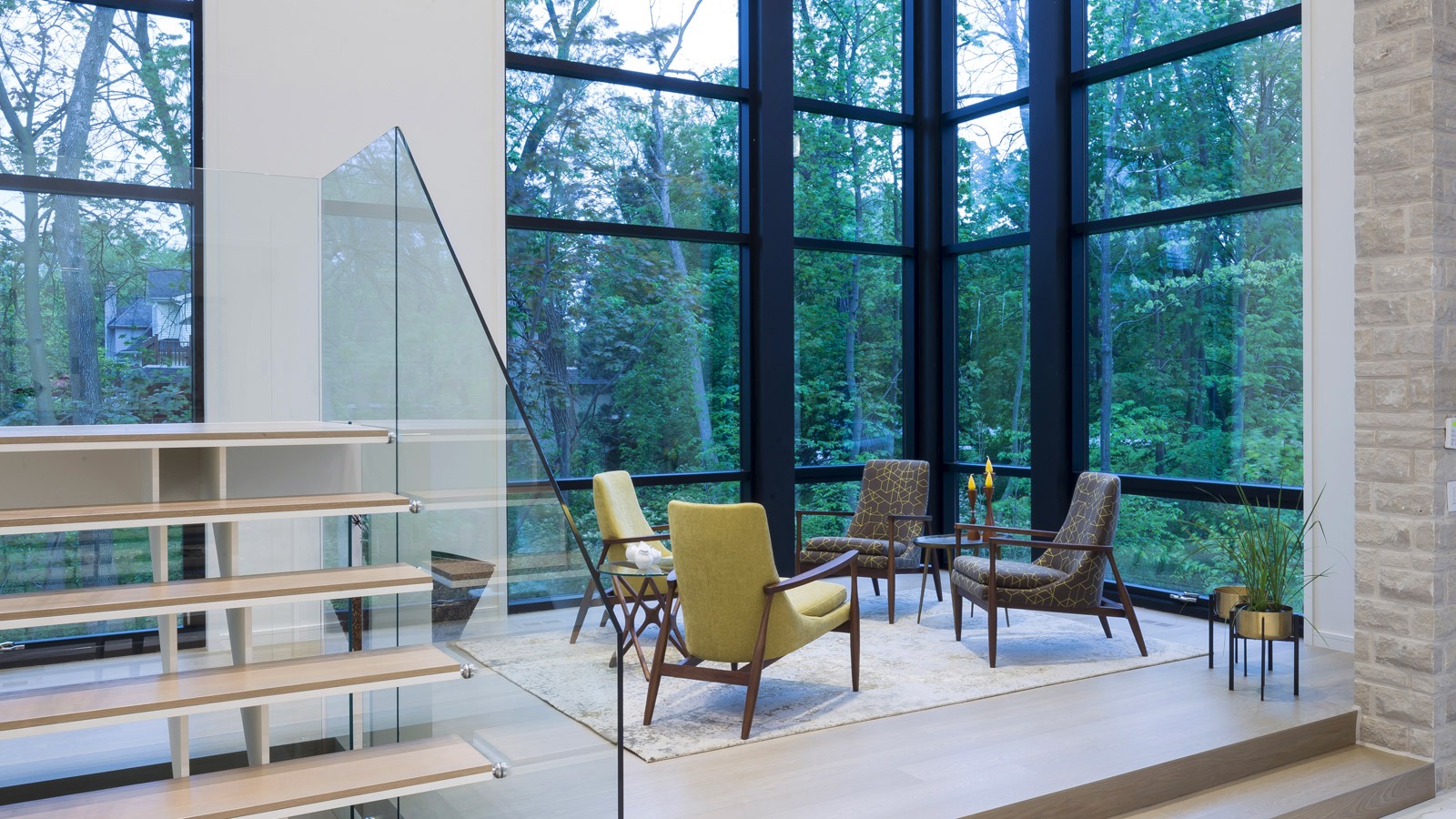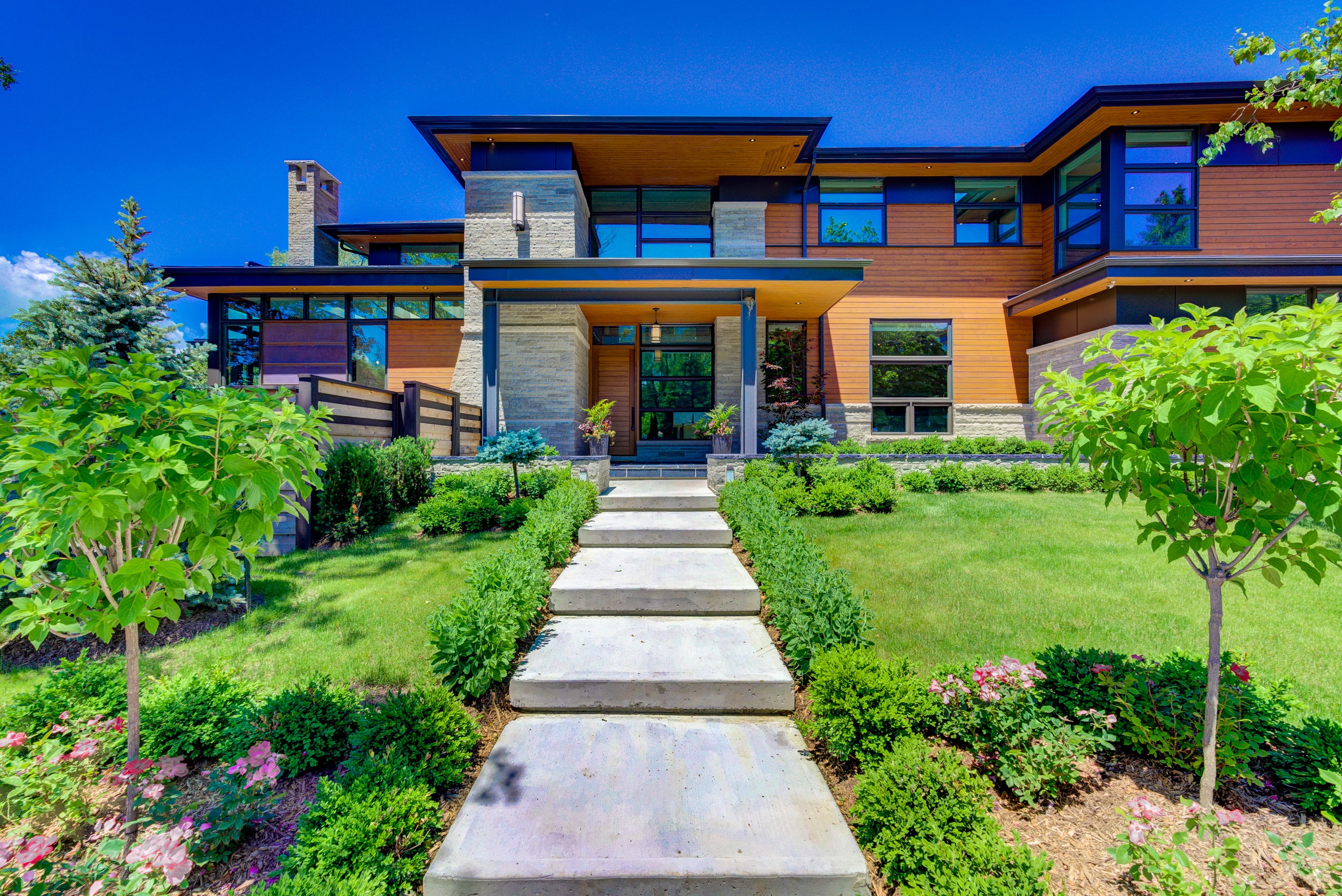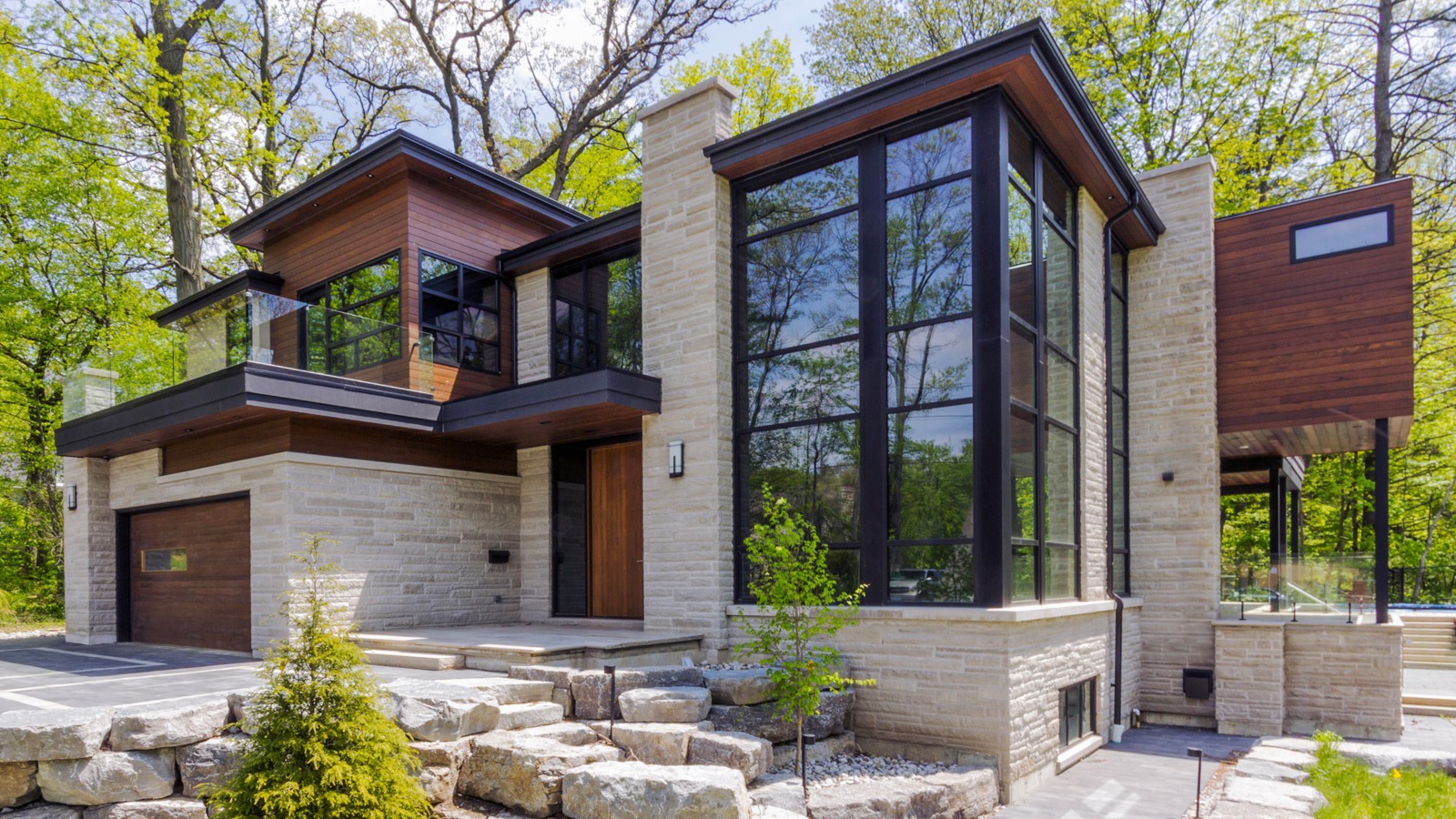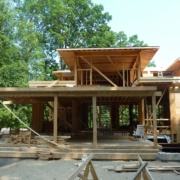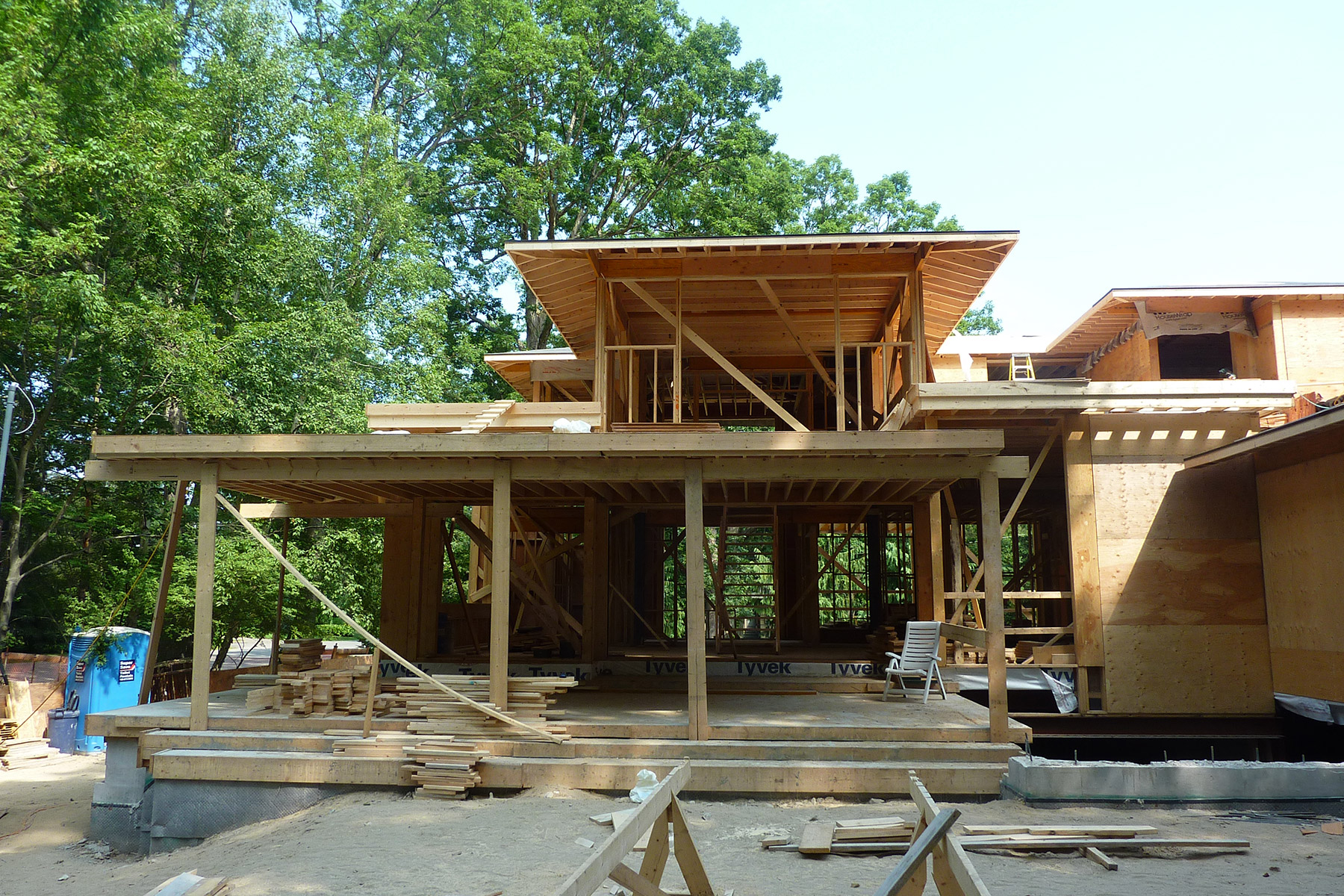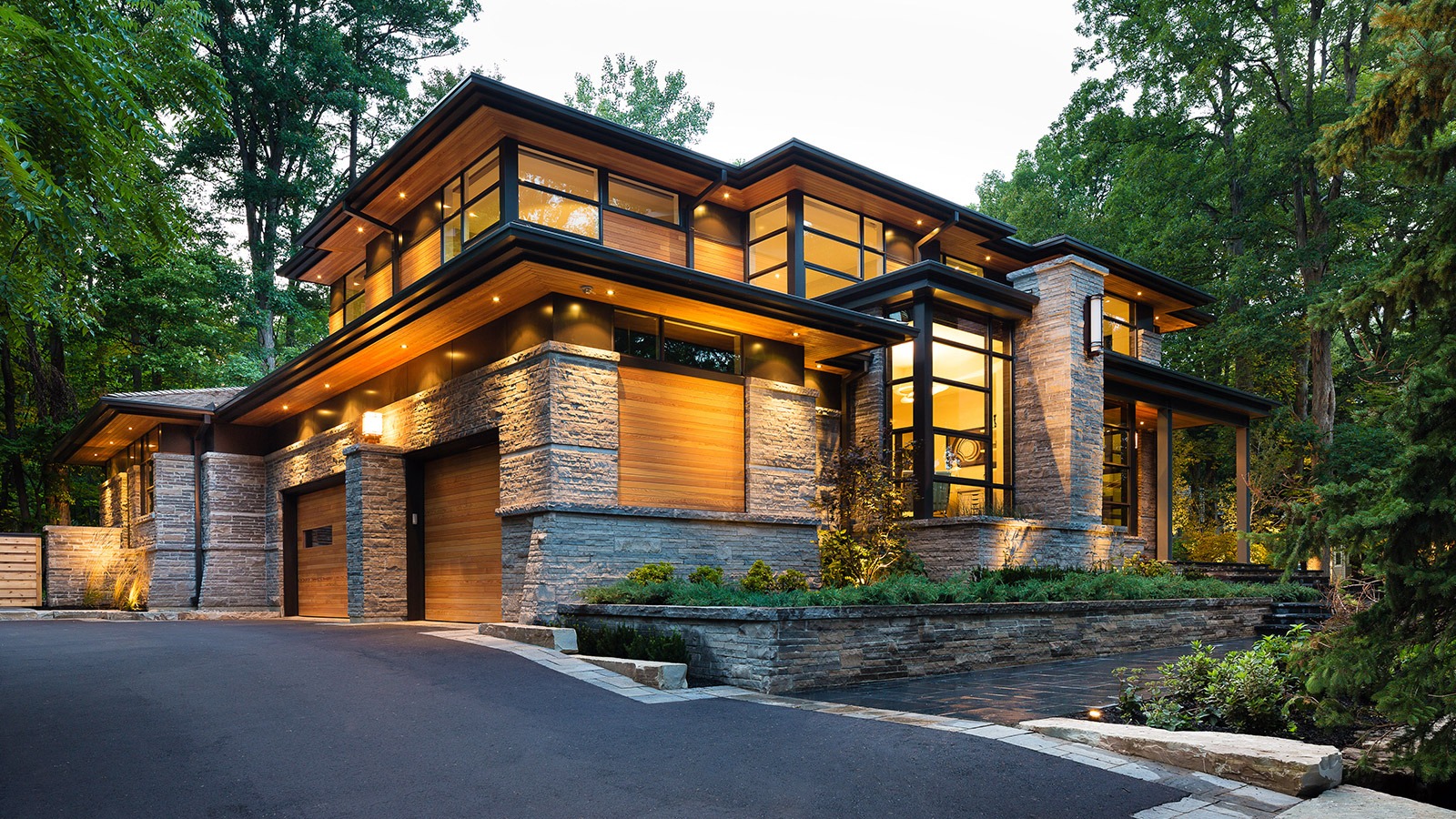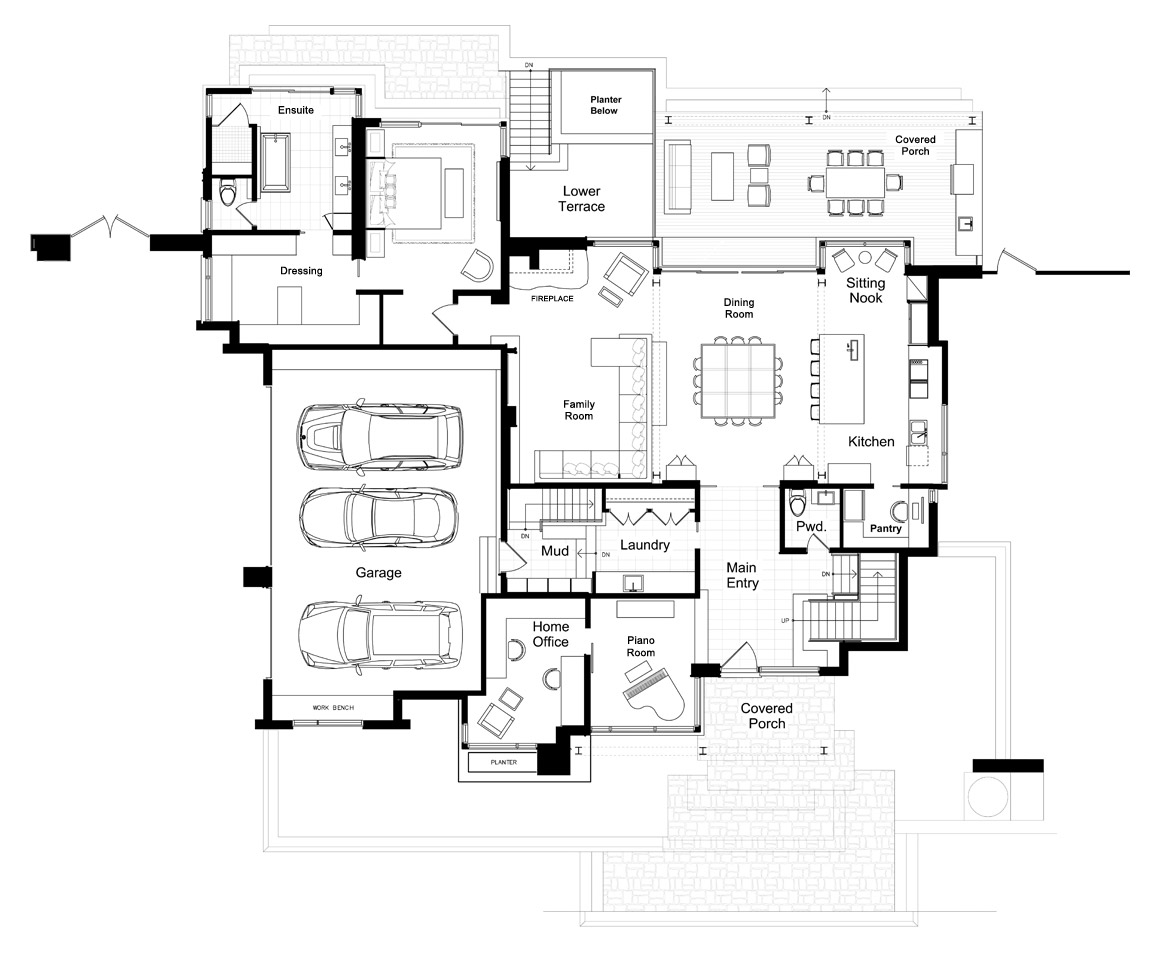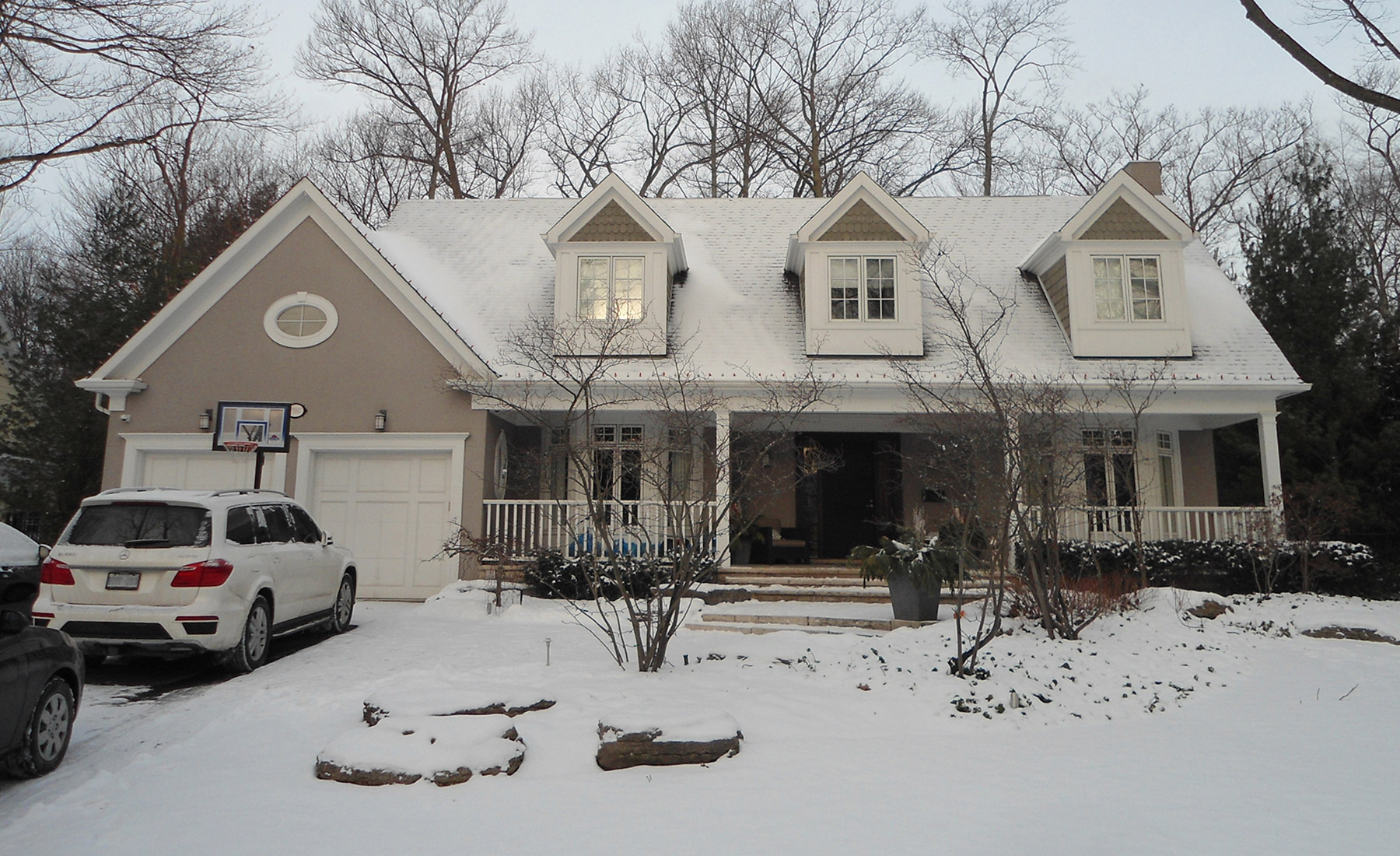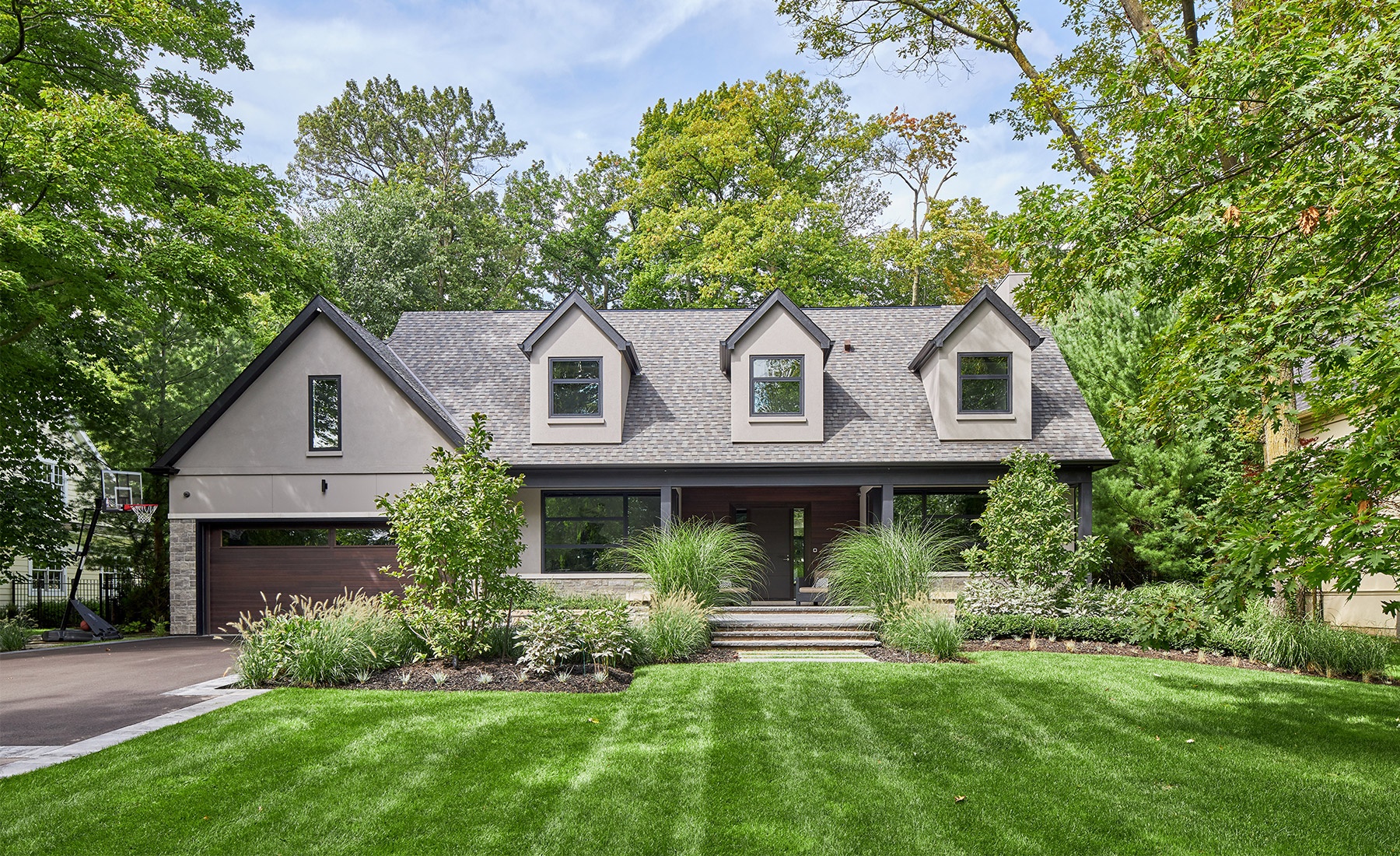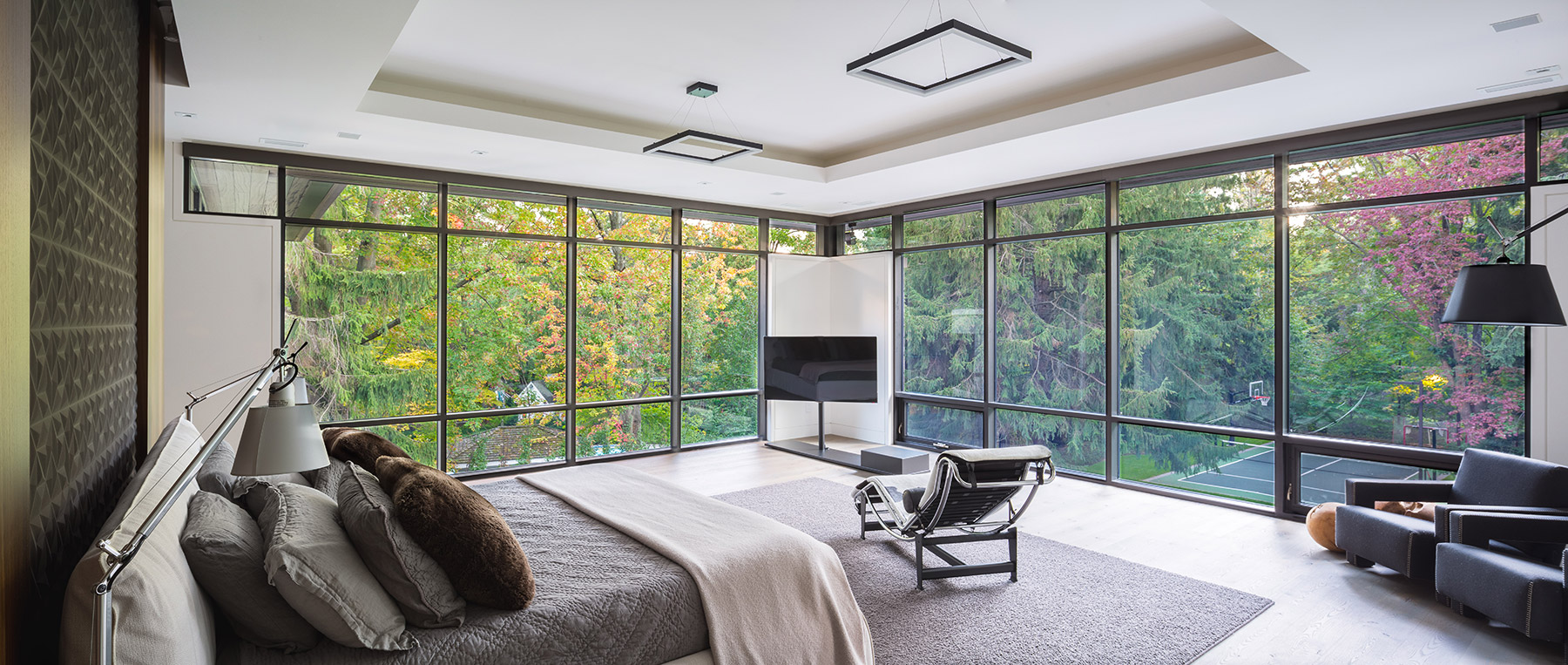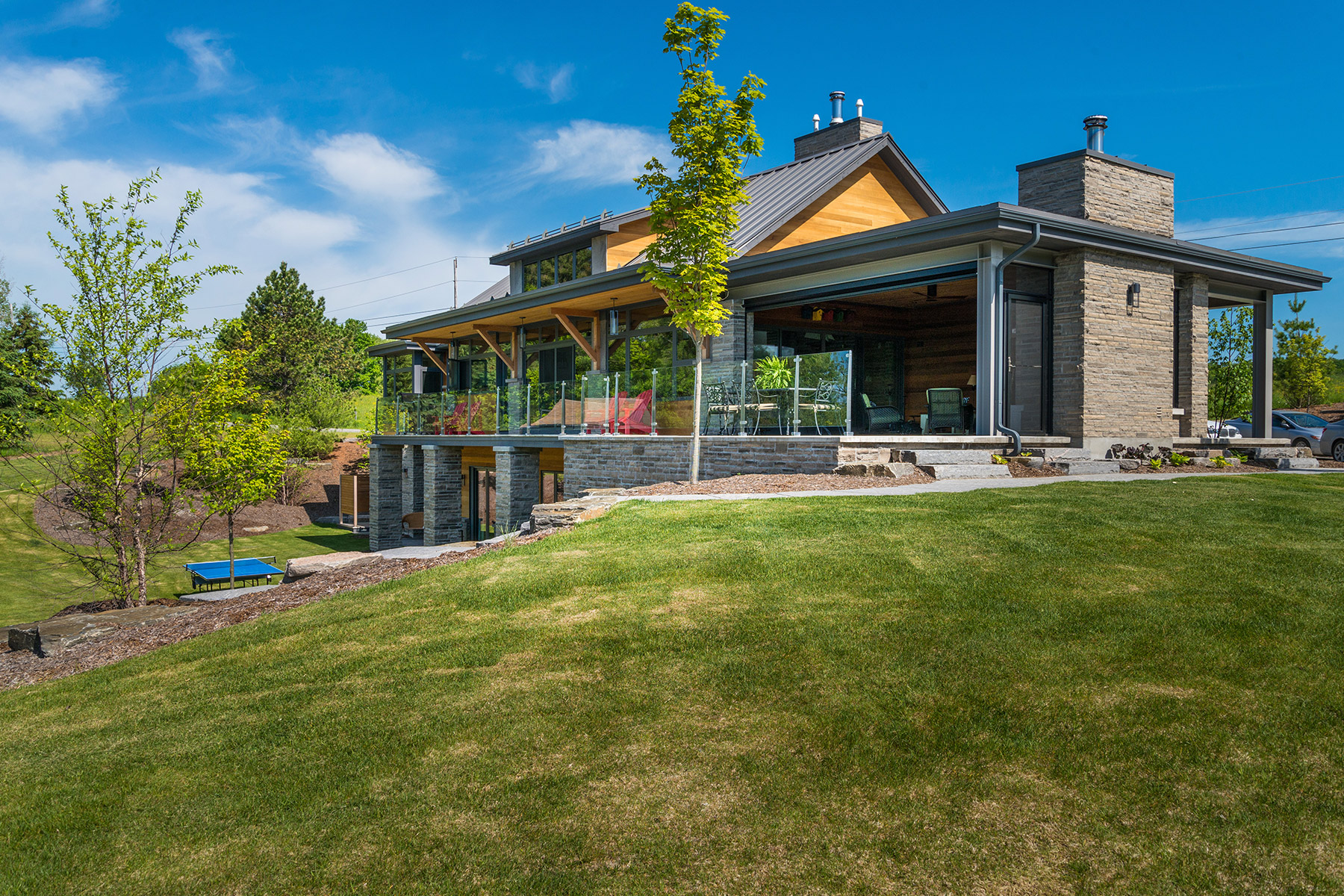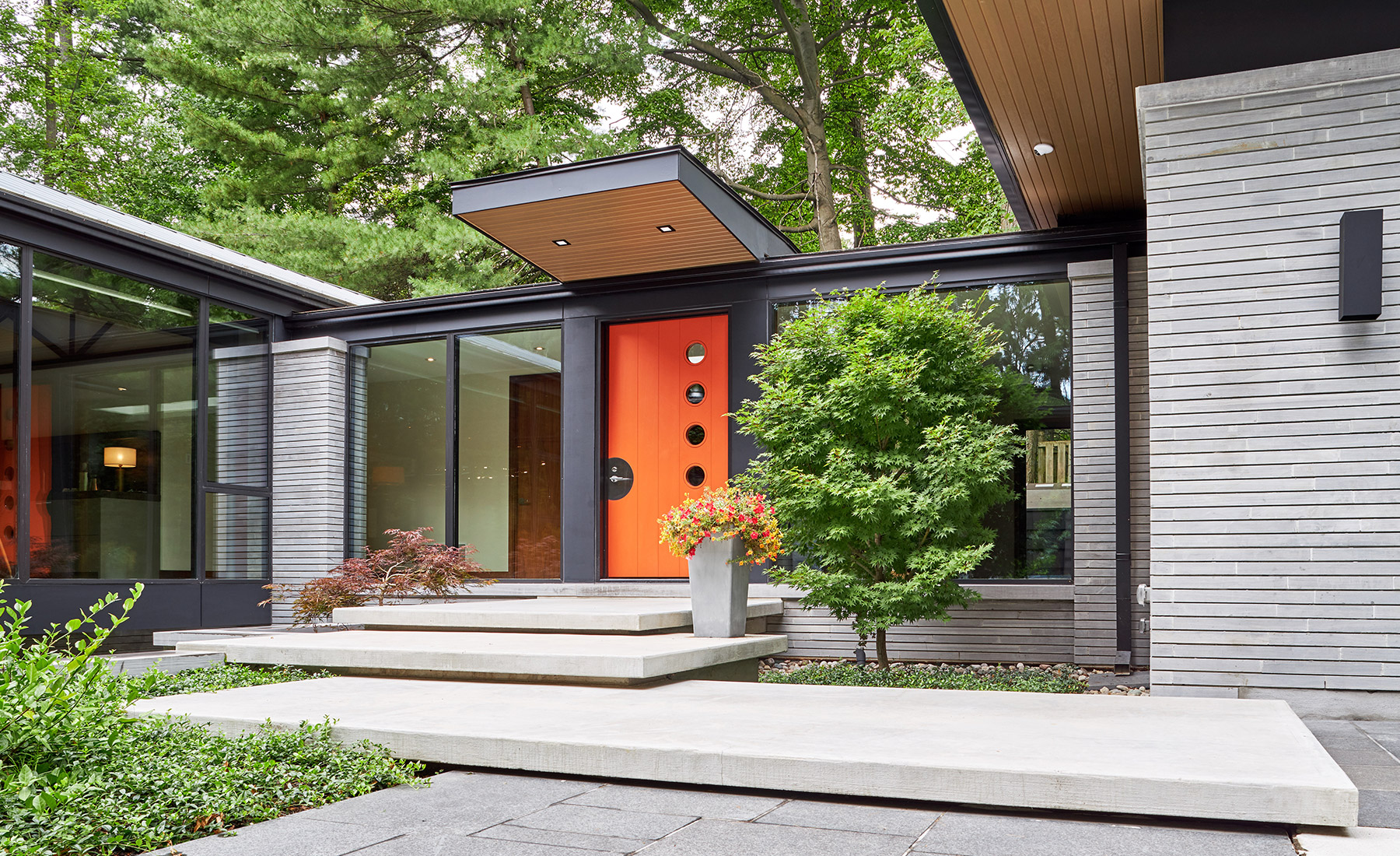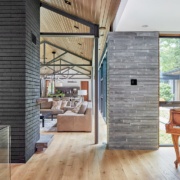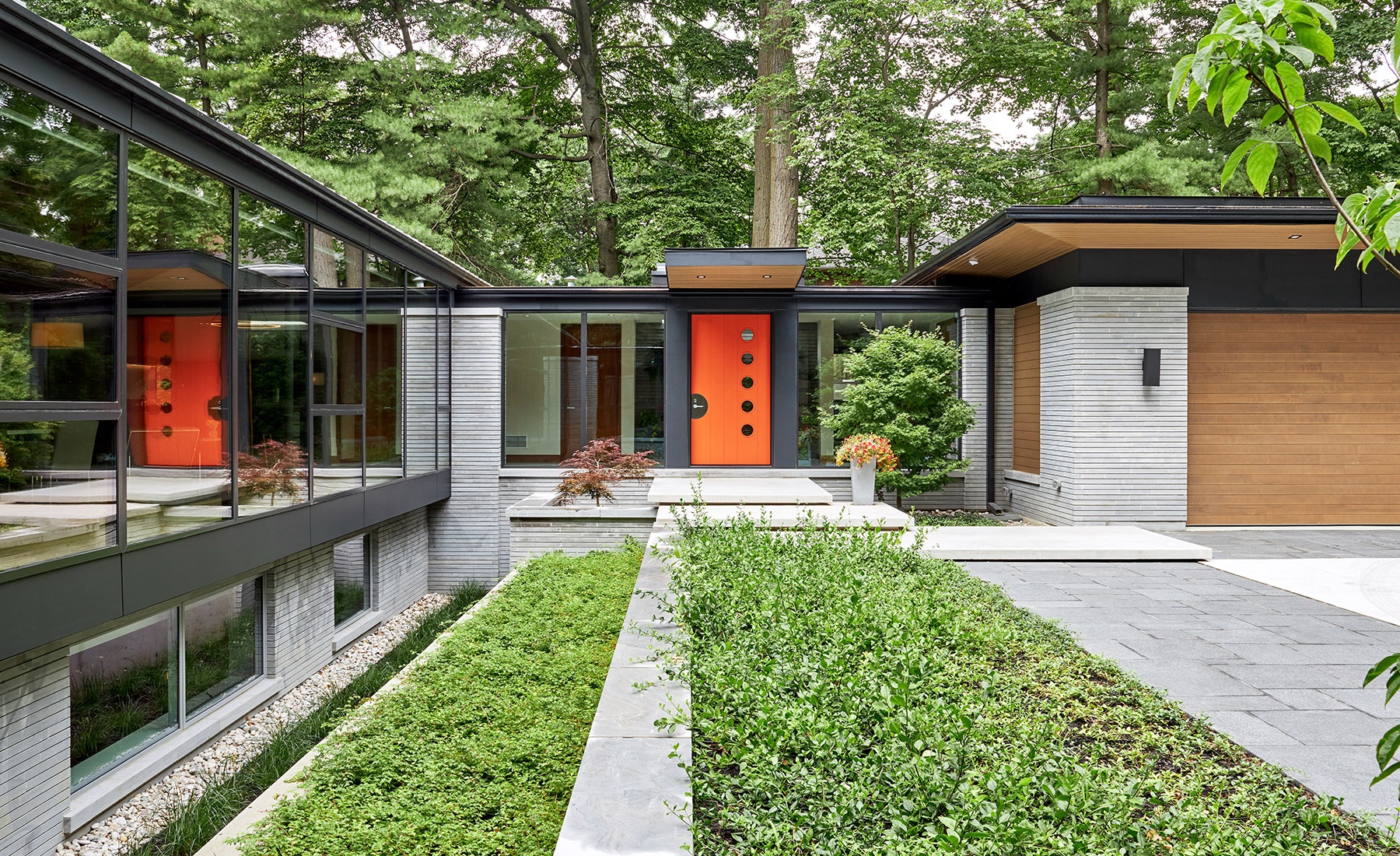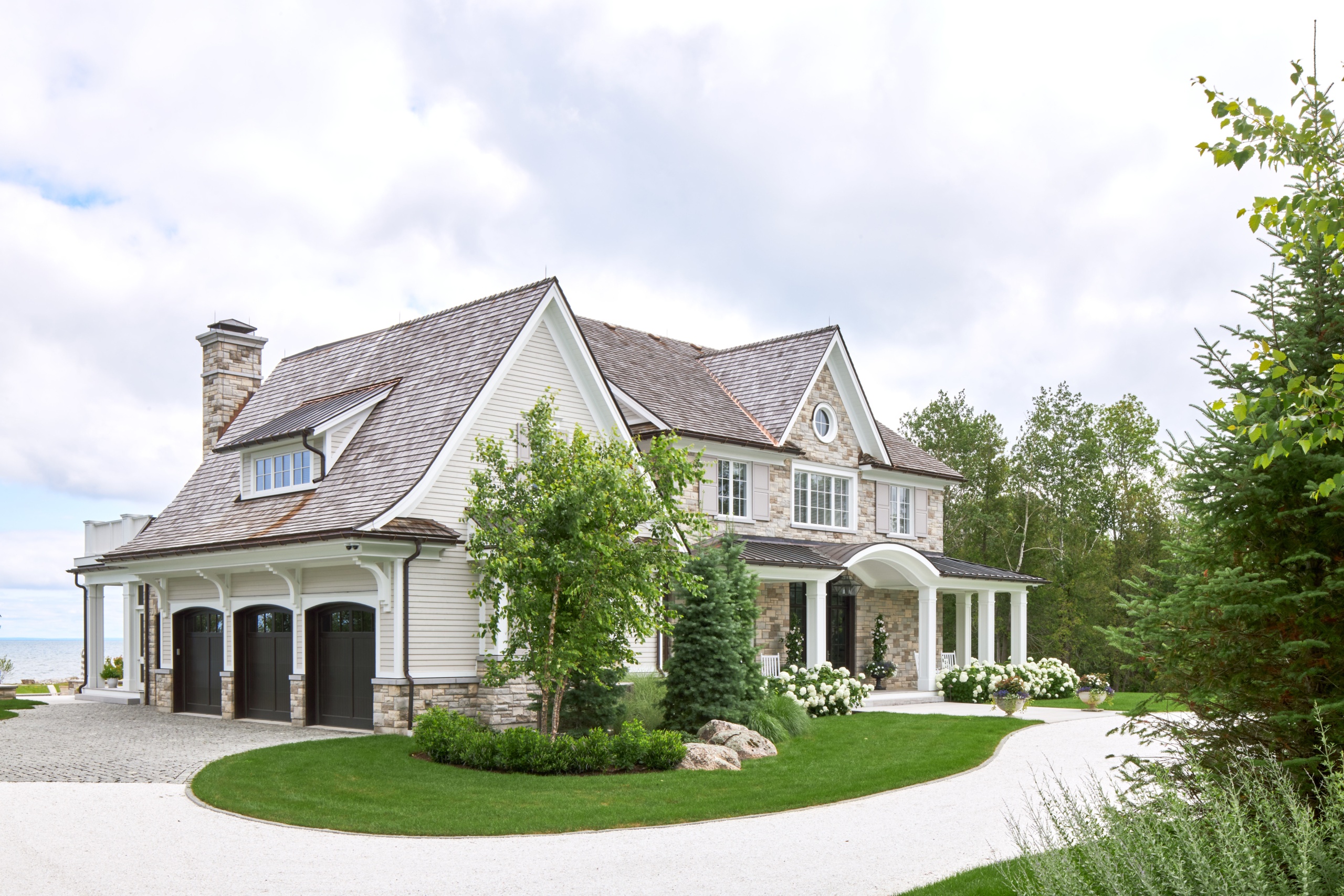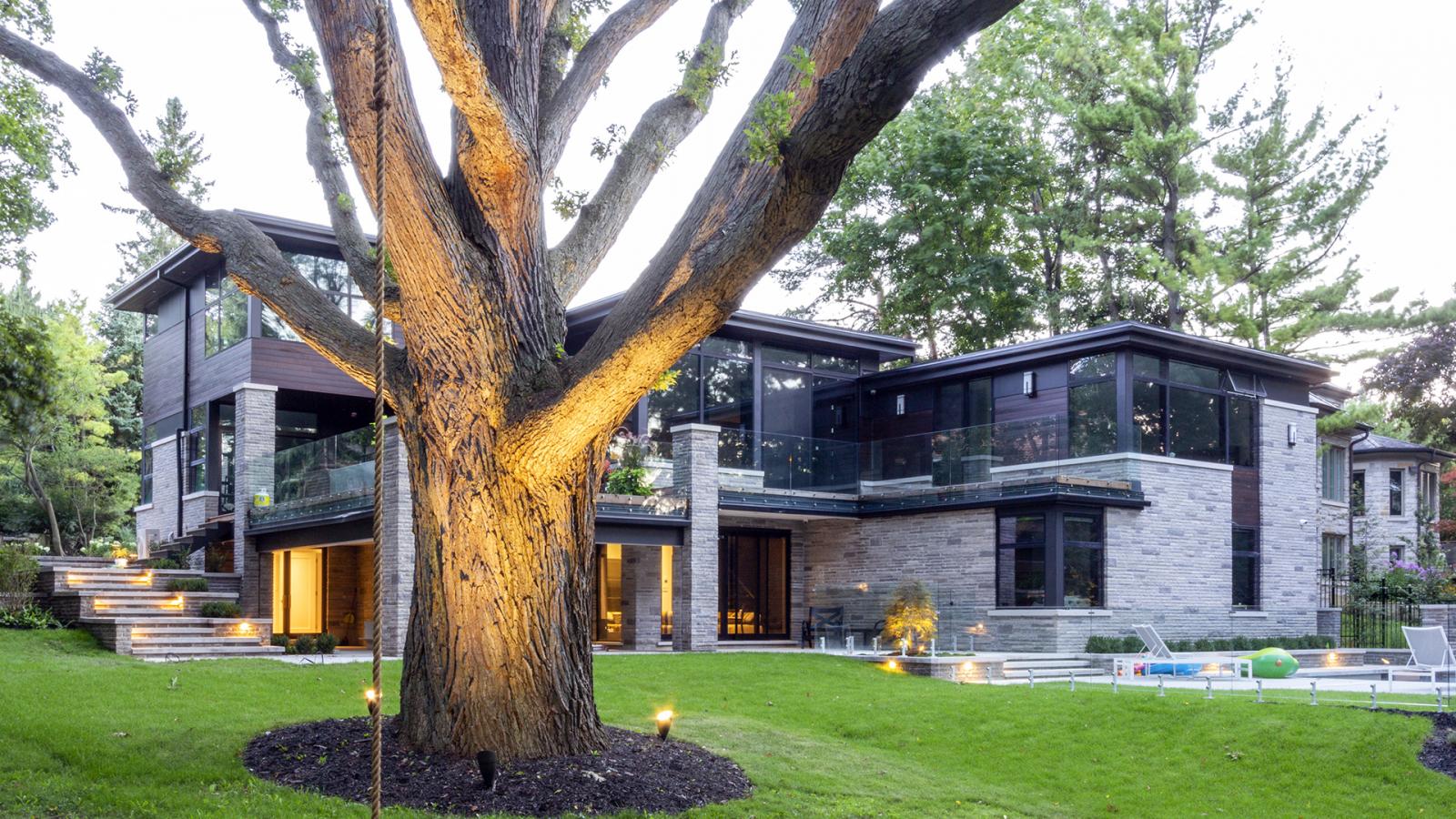Don’t be intimidated by a tough economy. Now is the time to design your custom home
When economic times are tough, it’s common for people to reconsider big-ticket items and future plans—including the design and eventual build of their custom home. That’s an entirely prudent financial approach, but it’s not always the best one if you plan to one day create your dream residence.
Inflation is running high, and many key indicators are pointing to the economy entering into a recessionary phase in early 2023. The good news: Leading economists are saying that a downturn will likely be short-lived, meaning that we can expect some stormy seas ahead but should steer clear of a more damaging economic hurricane. There are signs that inflation is also beginning to wane. We’ve seen the cost of materials such as steel and lumber used in custom home construction begin to fall. Labour costs are also slowly returning to normal levels from their pandemic-era highs.
Starting down the path to realizing your custom home vision can be overwhelming at first. There are many questions to be answered, from the exterior and interior aesthetics (contemporary, modern or transitional styles?) to a projected construction budget and the general flow, features and function of the home. Most importantly, the process requires you and your family to think about how the home will enable you to live better, to spend productive time together—perhaps working, entertaining or simply relaxing—and how to optimize spaces to achieve those goals.
It’s one that’s best not delayed.
A unique custom home opportunity
The coronavirus pandemic changed the way that many Canadians live and work. Virtually overnight, long commutes were traded for home offices and Zoom calls due to COVID-19 social distancing restrictions that prohibited in-person interactions across most industries. Life was disrupted virtually overnight, and no sector was immune. Suddenly, tradespeople were more difficult to hire, supplies ran short, building permits took longer to obtain as municipal staff fell ill and required time off.
Fast forward to today and much has changed. Skilled trades, while still busy, are easier to hire. Building materials are becoming more readily available. And there’s been a sea change in provincial policy. The Ontario government only recently passed Bill 23, the More Homes Built Faster Act, 2022.
The legislation is designed to expedite home construction across the province, the need for which is driven by a range of factors that are fuelling home price inflation. Two of the most notable are housing shortages that are impacting affordability and population growth and immigration that are boosting demand for new homes. It’s estimated that Ontario will need to build about 1.5 million new residential units over the next 10 years. We’ll be providing greater detail on the contents of Bill 23 in a future blog, but the key takeaway is that the legislation should make it much easier to obtain planning permits for custom homes in Ontario moving forward—that includes renovations and infill projects on existing lots. The result should be reduced timelines for design, planning and construction, along with lower total costs for home owners.
Start planning now
As stakeholders in the public and across the residential construction industry digest the contents of Bill 23—including implementation dates of certain sections of the Act, which are still to be determined, in some cases—anyone who has dreamed of building a custom home and has delayed the start of their project due to economic uncertainty or municipal red tape, has an opportunity to act. In fact, they’d be wise to move now if they want to complete their home in 2023-24.
The reason is that as construction ramps up across the province, trades people will once again be in sky-high demand. Home owners who start their projects now can develop designs, work through the likely expedited approval processes and secure the talent they need to build their homes without the risk of project disruption. Waiting could lead to unexpected delays and higher costs merely due to demand for skilled trades. It also enables them to work through the design phase and put shovels in the ground when the expectedly mild recession begins winding down and economic growth ramps up once again.
It’s not every day that a new set of rules is introduced that actually make it easier to realize one of your lifestyle dreams—building a custom home. This is one of them. By taking advantage of these recent developments in Ontario, you can build a residence that caters to your family’s flow and function—both on the home’s interior and exterior—while creating the perfect residence to live and grow.
The David Small Design Team
Contact a member of our team today to learn more about our custom home design process.
